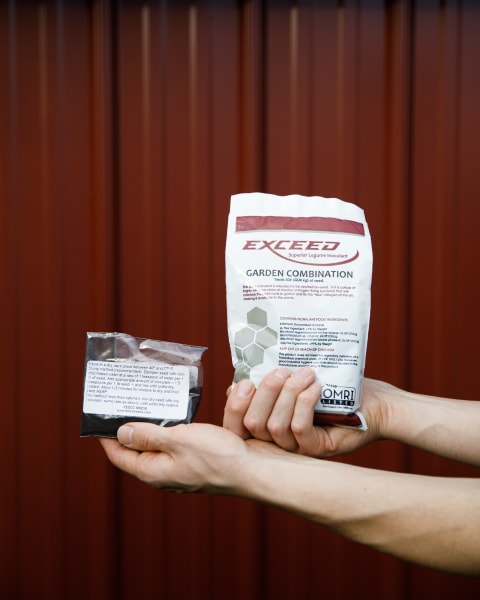More About Packer’s Lima
Ever grown lima beans? Now’s the time to try! Many Americans are haunted by childhood memories of being forced to eat grey mush called lima beans. But trust us—lima beans fresh from the garden are delectable!
From their origins in the food systems of indigenous people spanning the Americas, limas were selected into two distinct types: the larger-seeded plants of the Andes, and a smaller-seeded type of Mexico and southern U.S. When the Spanish colonized Peru, they exported lots of these beans to Europe, where they arrived in boxes labeled “Lima, Peru.” Europeans called them Lima Beans. In the southern U.S. their moniker Butter Beans describes the rich flavor.
In 1999, in recognition of what we then called Global Warming, Fedco began offering Packer’s to growers in the North, where maturing limas was considered iffy. Twenty-five years later, central Maine is reliably warm enough to mature a nice crop of these well-adapted lima beans. The bean seeds we are selling were grown by organic farmers in Iowa.
Lima Beans
Originally from Peru where they were cultivated 4,000 years ago by the Lima culture.
Culture: Lima beans require more heat than bush beans and are indifferent performers in cold wet summers. Minimum soil temperature 60°, optimal range 70–85°. Tender, will not survive frost. Plant 3–4 seeds/ft in rows 24–30" apart. Plant as other bush or pole beans. Bush limas can be prone to twining (developing viny tendrils). Harvest at shelling stage when beans bulge in fading pliable pods, before pods start to dry out. Pick frequently for maximum yields, but avoid disturbing foliage in wet weather to prevent spread of fungal diseases.
Beans
Culture: Tender, will not survive frost. Inoculate with a legume inoculant, then plant seeds 3–4" apart in rows 24–30" apart after all danger of frost has passed and soil has warmed. Minimum germination soil temperature 60°; optimal range 70–80°. White-seeded beans are generally more sensitive to cold soil temps than dark-seeded varieties. Legumes have moderate fertility needs and can fix their own nitrogen.
Saving Seed: Saving bean seed is easy! Leave pods on the plants to dry. Hand shell, or stomp pods on a tarp. To ensure true-to-type seed, separate varieties by 30 feet.
Diseases:
- ANTH: Anthracnose
- BBS: Bacterial Brown Spot
- CBMV: Common Bean Mosaic Virus
- CTV: Curly Top Virus
- DM: Downy Mildew
- HB: Halo Blight
- NY 15: NY 15 Mosaic Virus
- PM: Powdery Mildew
- PMV: Pod Mottle Virus
- R: Rust
- SC: Sclerotina
White mold, Sclerotinia sclerotiorum, affects more than 300 plant species. In beans, low humidity, good air circulation and wider spacing, both between plants and between rows, reduce the likelihood of this soil-borne infection.
Germination Testing
For the latest results of our germination tests, please see the germination page.
Our Seeds are Non-GMO

All of our seeds are non-GMO, and free of neonicotinoids and fungicides. Fedco is one of the original companies to sign the Safe Seed Pledge.





